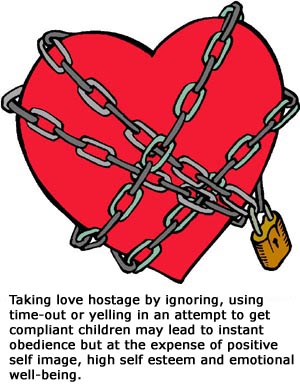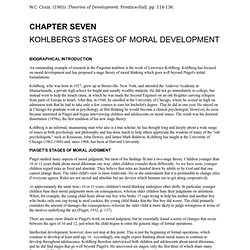Obesity
This relates to class because it talks about our health. And how to take care of it, many people are obese because they have eating habits. This teaches us how risky it can be to go overweight. Obesity is made out of excessive body fat, obesity's risks are cardiovascular diseases, diabetes mellitus type 2, and obstructive sleep apnea.
Obesity is a medical condition in which excess body fat has accumulated to the extent that it may have a negative effect on health, leading to reduced life expectancy and/or increased health problems. People are considered obese when their body mass index(BMI), a measurement obtained by dividing a person's weight by the square of the person's height, exceeds 30 kg/m2.

This article shows us about obesity health-care costs at risk. It analysis that Canadians have more obesity

Video: Obesity in America has reached a crisis point. Two out of every three Americans are overweight, one out of every three is obese. One in three are expected to have diabetes by 2050.
Minorities have been even more profoundly affected. African-Americans have a 50 per cent higher prevalence of obesity and Hispanics 25 per cent higher when compared with whites.
How did the situation get so out of hand?

Video: Obesity in America has reached a crisis point. Two out of every three Americans are overweight, one out of every three is obese. One in three are expected to have diabetes by 2050.
Minorities have been even more profoundly affected. African-Americans have a 50 per cent higher prevalence of obesity and Hispanics 25 per cent higher when compared with whites.
How did the situation get so out of hand?







